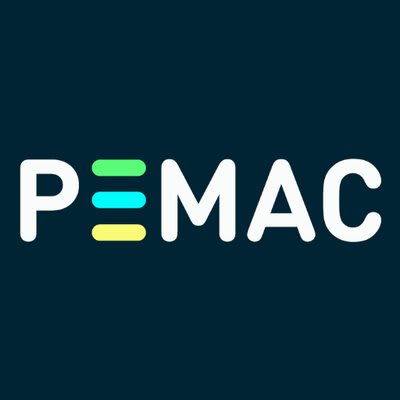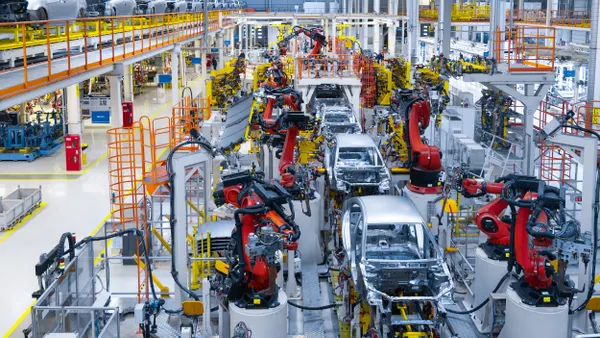Dive Brief:
- The Department of Defense awarded $238.3 million to eight locations across the U.S. for the development of microelectronics manufacturing hubs.
- The funds were awarded as part of the CHIPS and Science Act, with the goal of further developing the country’s microelectronics manufacturing industry to support both the commercial sector and defense department.
- The hubs will receive $2 billion over the next five years and will focus on areas including electromagnetic warfare, secure computing, the internet of things, artificial intelligence hardware, 5G and 6G wireless and quantum technology, Deputy Undersecretary of Defense for Research and Engineering David Honey said during a Sept. 20 press conference.
Dive Insight:
Eight entities receive CHIPS funding across seven states
The agency chose the home bases for the eight regional hubs out of more than 83 proposal submissions, part of its strategy to bolster the U.S.’s microelectronic manufacturing capacity, Deputy Defense Secretary Kathleen Hicks said during the press conference.
Currently, the U.S. only produces approximately 12% of global microelectronics production. Development of the domestic sector has been hindered by the country’s lack of ability to test the viability and marketability of new microelectronic technologies, something that’s needed to entice investment, according to the department.
“The Microelectronics Commons is focused on bridging and accelerating the lab-to-fab transition, that infamous “Valley of Death” between research and development and production, because while America is a world leader in the innovative research and design of microelectronics, we've lagged in the ability to prototype, manufacture, and produce them at scale,” Hicks said.
The funding will support the hubs in taking microelectronics innovations new materials, devices and designs from the lab stage to production. It will also enable the hubs to experiment and build prototypes, as well as secure intellectual property in the U.S. Once produced, the Defense Department will be able to purchase the technology from the hubs, alongside allied countries, Hicks said.
“Think of the hubs as part of an ecosystem. At the end of that ecosystem are fabs, and the fabs actually are the ones that end up producing,” Hicks said. “What we're doing here is generating a lot more ingenuity in that fab process in the United States and gearing it up through these hubs with a lot of energy on the types of microelectronics, on the types of problem sets that we need those fabs to produce at the other end.”
The selected hubs, as well as other organizations, can soon submit proposals for R&D projects to make use of the infrastructure provided by the recent funding. More details regarding project funds will be revealed when the hubs meet in Washington, D.C. this month.












